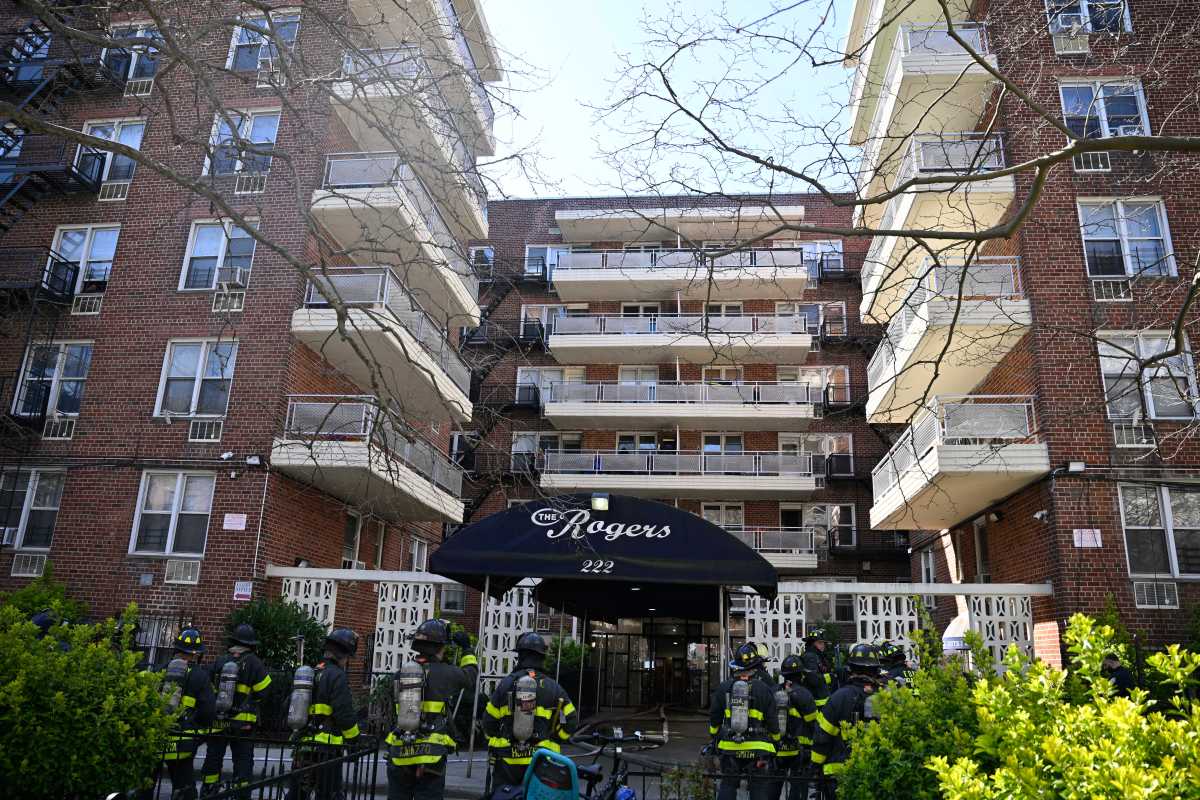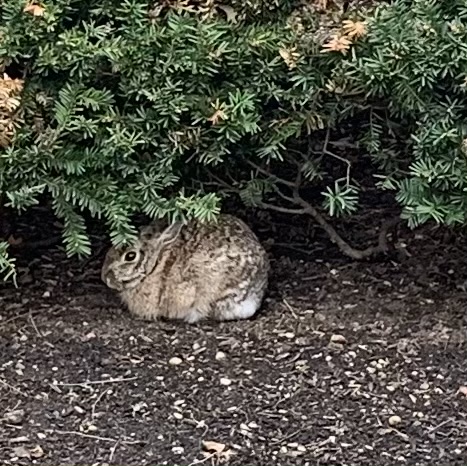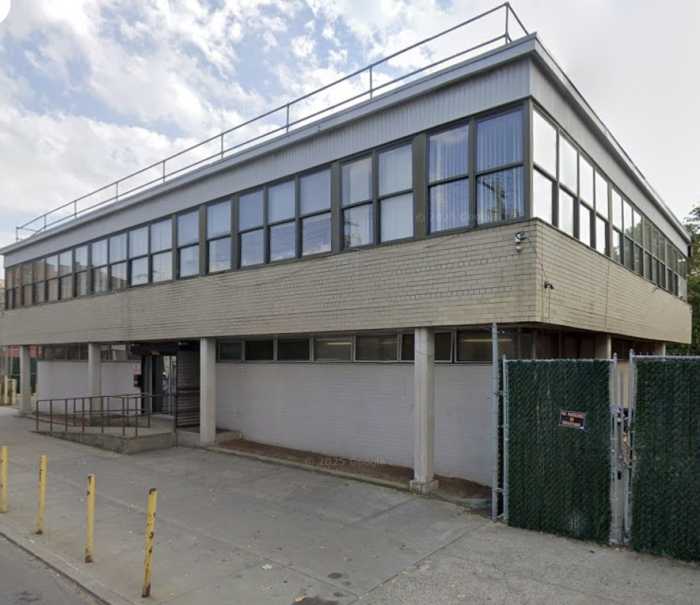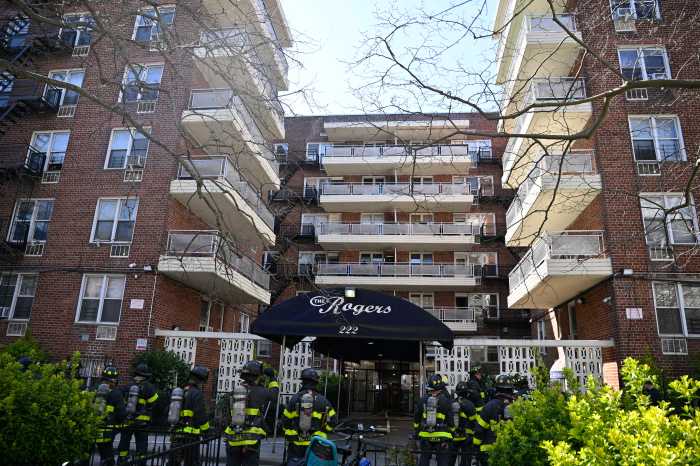
Though the cause of the July 19 steam pipe explosion in the Flatiron District isn’t known (and probably won’t be for a while), questions have surfaced about the age and maintenance of the city’s steam system.
The more than 100-mile-long system has pipes dating back to 1882, when it was first being installed. Operated by Con Edison since 1936, it runs from the very bottom of Manhattan to 96th Street on the west side and 89th Street on the east side.
Steam serves more than 1,500 buildings, including the Empire State building, The United Nations, Rockefeller Center and multiple museums and hospitals. It is used for several functions, including heating, cooling, cooking and sterilizing.
Scroll down to get a closer look at the network of pipes below the streets of Manhattan.
Why we use steam
A primary benefit of the steam system is buildings can tap into it without needing a boiler, saving space and reducing the use of fuel or electricity.
Another advantage of steam is that it is often made from the byproduct of Con Ed’s electric production, Michael Tobias, a founding principal of New York Engineers, said.
It also doesn’t weigh much, which makes it easier to send up several stories, said Dan Holohan, a Bethpage author who has written several books about heating systems.
How the system is maintained
The system is upgraded “on an as-needed basis,” Con Ed spokesman Bob McGee said, but he added that the pipes, made of steel, don’t need to be replaced often.
“Due to the hot temperatures of the steam system, the pipe typically does not degrade over time and therefore does not need periodic replacement or upgrade,” he said.
One reason a pipe would need repair or replacement is if it leaks.
Leaks are a sign of corrosion of the pipe, Tobias said, which he believes is an indication the pipe is reaching the end of its lifespan.
“At some point all of these pipes need to be replaced,” he said. “They have to put some kind of plan together to deal with this aging infrastructure.”
But Con Ed disagrees, saying the age of the system hasn’t impacted its performance. Speaking at a community briefing on July 23, days after the explosion, Tim Cawley, the company president, said, “to date, there’s no evidence that the age of a steam line has anything to do with its propensity to fail.”
Replacing pipes would require ripping up the streets and in most cases, getting an asbestos abatement before workers do any replacement, as most of the piping is wrapped in asbestos.
Con Ed is “really good on maintenance,” Holohan said. It has 882 remote stations that monitor the system 24/7, according to McGee.
Parts of the system that need to be checked regularly are the steam traps, which are valves that filter out condensate, or water that forms in the pipe when steam condenses. Filtering out the condensate is important because if that water cools and comes in contact with the steam, it creates an hydraulic shock, known as a water hammer.
The company replaces traps once a year, per the Public Service Commission mandates, and inspects them every 30 to 90 days. It also inspects manholes, which are above the traps, during and after heavy rains, as flooding can increase the chances of a water hammer.
What’s next
A water hammer is what ultimately caused the 2007 steam pipe explosion on Lexington Avenue and East 41st Street, according to a Dec. 2007 report by ABS Consulting.
It had rained heavily on July 18, 2007, flooding the area around the steam pipe, which caused “significant condensate generation exceeding the steam traps’ capability,” the report said. In addition, a sealant that was used to repair a pipe had clogged the trap, also compromising its ability to remove condensate.
As the investigation into what happened almost exactly 11 years later continues, Holohan predicts the cause won’t be too different.
“My guess is once they do this investigation, they’re going to find a similar thing,” he said.
Once the cause is known, Cawley said the company will assess whether it needs to make any changes.
“The final phase of this will be to really understand the root cause of this event to further enhance the safety and reliability of the system,” he said.
Read more: Brooklyn Shooting Leaves Two Men Injured; Suspect Sought


































